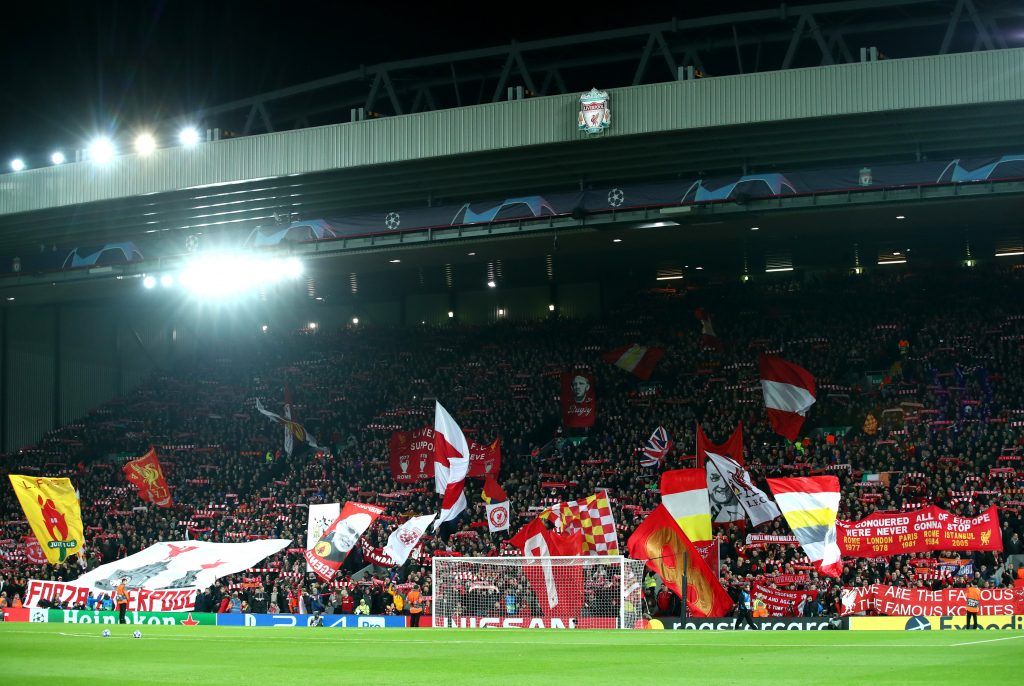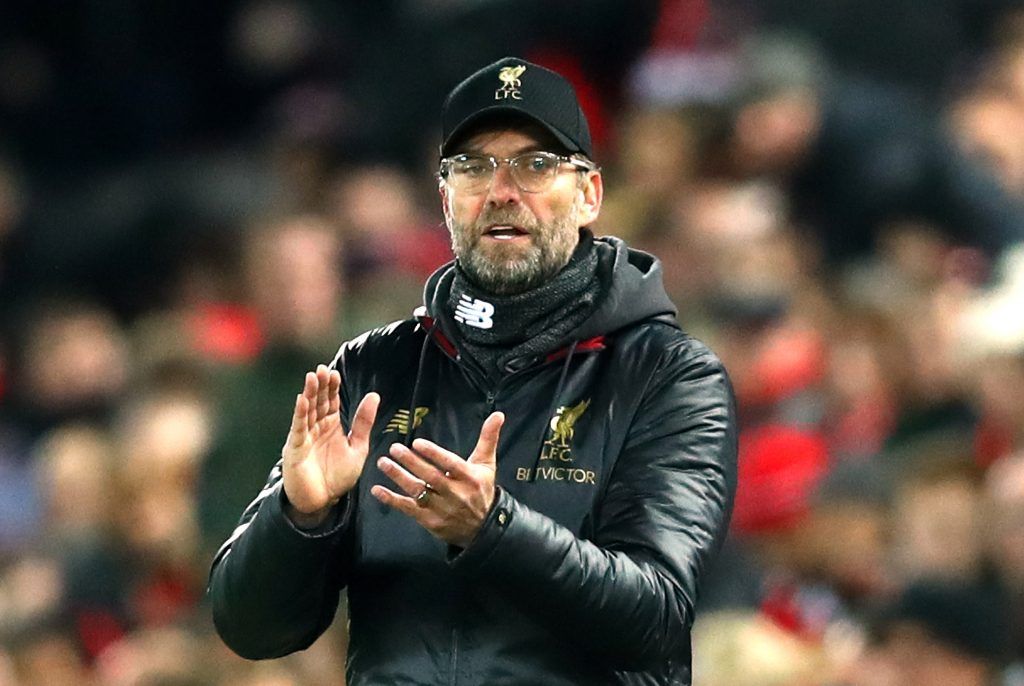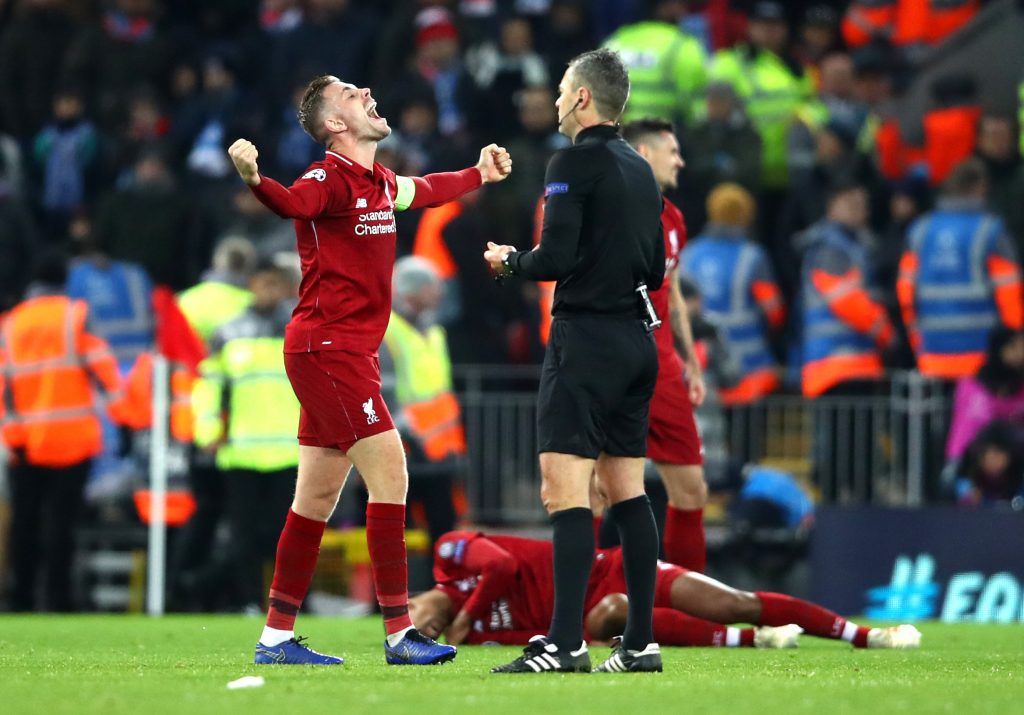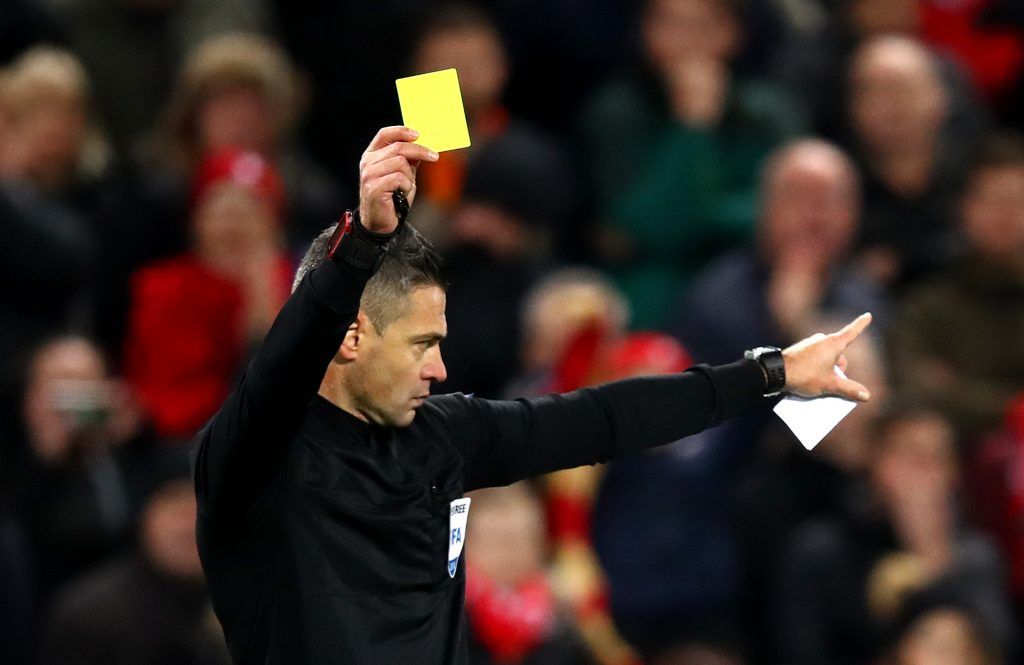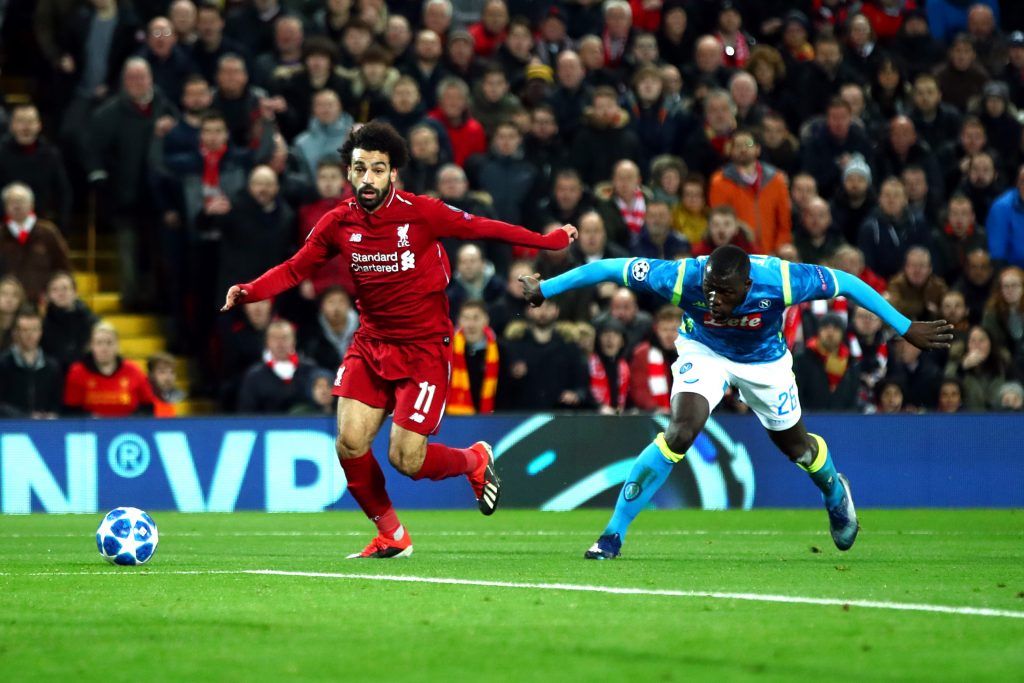It may not make the cut for the list of most famous nights under Anfield’s lights, but it was a significant marker of how assured Liverpool now are…
Jürgen Klopp and Dries Mertens had divergent pre-match thoughts: while the Reds manager spelt out “if something special is possible, it is here,” the Napoli midfielder was verbally degrading the greatness of the ground by questioning the size and prestige of its famed ‘This is Anfield’ sign.
On decisive nights, especially of the European variety, the stadium is most alive: overflowing with hope, defiance, belief and the proven power to render the impossible plausible.
The emotion from the terraces has often historically been met on the pitch by a barely believable chaotic blur that unhinges opponents – think Borussia Dortmund’s 4-3 defeat here in the 2016 Europa League – but on Tuesday night the big occasion needed less sting and more surety.
Liverpool, needing to beat Napoli 1-0 or by two clear goals to progress to the knockout stages of the Champions League in their final group game, took a measured rather than mesmeric approach.
As has been the case during their domestic campaign, where they sit pretty as the Premier League’s leaders, the Reds displayed intelligence, patience and control to thwart Carlo Ancelotti’s side and progress in the competition.
Klopp opted for the unpopular decision – hugely derided on Twitter – to start the midfield trio of Jordan Henderson, Gini Wijnaldum and James Milner, with the more technical Naby Keita, Fabinho and Xherdan Shaqiri on the bench.
His selection was not a surprise when considering the German’s matchday notes and his continued highlighting of Napoli’s excellence on the counter-attack.
Protection and diligence were deemed important weapons to supplement the aggressive fullbacks and the dynamic front three.
“Our boys know they have to be smart as well as passionate. They know they’ll need to be courageous, but also responsible,” Klopp pointed out, adding that Liverpool didn’t need to win the match in the first five minutes nor by a heavily inflated scoreline.
The hosts needed to conduct themselves like a pedigreed European side: do the basics, get the business done and go again.
It was not a night for fire, but for ice and they dispensed it in every department apart from in the final third, where they charitably wasted chances.
Liverpool demonstrated – as they have done in the league – their strength in building on steel and trusting their spine, to which Virgil van Dijk and Alisson were – and this is no hyperbole – bargain additions despite their price tags.
In their last 19 home fixtures across all competitions, Klopp’s men have kept have kept 15 clean sheets.
Napoli, who were restricted to just eight shots all evening, had birthed an early sense of frustration on Merseyside, capitalising on every occasion to time waste, while playing for decisions that shouldn’t have been given.
While there can be few arguments against van Dijk’s yellow card – he did get the ball but then sliced Mertens’ shin in the process – there were questionable calls against Roberto Firmino for pressing and David Ospina was gifted a foul for falling on a static Sadio Mane.
It seemed like Napoli’s ploy to irritate was starting to work, but in the 34th minute, the annoyance of the home crowd at the officiating of referee Damir Skomina and the stop-start approach of the visitors was replaced by exhalation for Mohamed Salah.
The Egyptian received James Milner’s pass on the edge of the area, used his strength to roll Mario Rui before shimmying past the impressive Kalidou Koulibaly and finishing into the far corner from an acute angle.
It was Salah’s ninth Anfield Champions League goal in as many games, with only Steven Gerrard (14) netting more on the ground for Liverpool in the competition.
It ended up being the only goal too, despite the Reds having 22 shots in total.
The scoreline was kind to Napoli, but on 92 minutes, it had then been gentle to Liverpool on account of an unreal save from Alisson to deny Arkadiusz Milik from six yards.
Mertens may not have appreciated the appearance of the ‘This is Anfield’ sign, but he failed to understand the real substance: what it represents.
That hope, defiance, belief and the proven power to render the impossible plausible.

